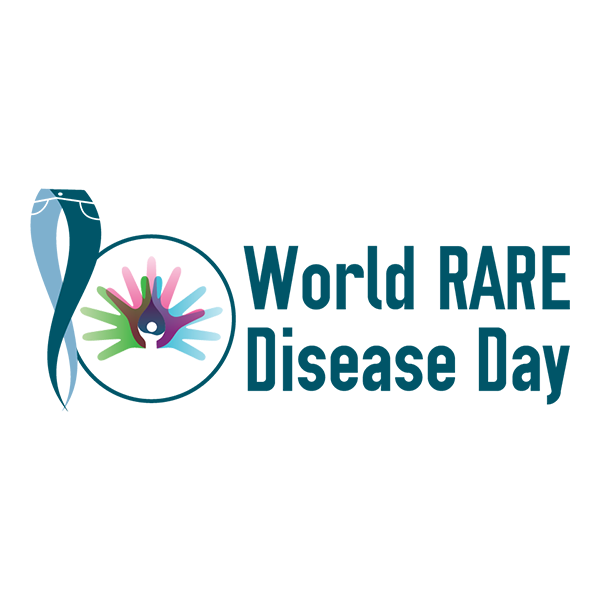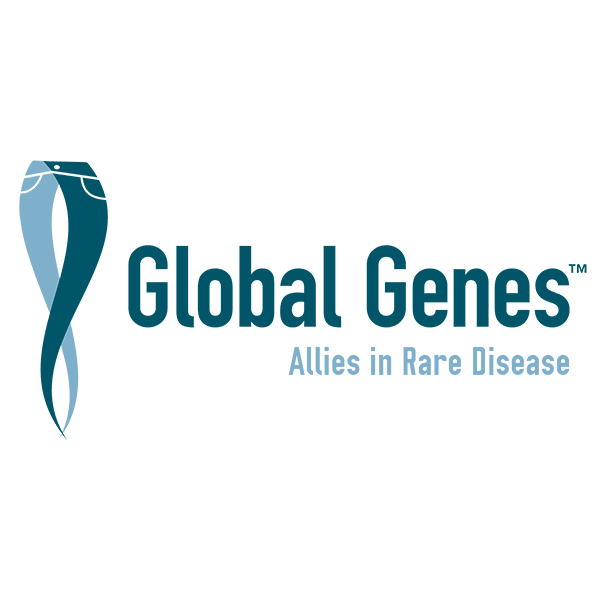Meet Jimmy
Hemophilia
Hemophilia is a rare bleeding disorder in which the blood does not clot normally. Hemophilia usually occurs in males and is inherited, meaning that the disorder is passed from parent to child through genes. About 1 in every 5,000 males is born with hemophilia type A each year. People with hemophilia may bleed longer than others after an injury. Bleeding internally can be life threatening to people with hemophilia.
Clotting factors are proteins that are required for normal blood clotting. There are many types of clotting factors. These proteins work with platelets to help the blood clot. Platelets play an important function in blood clotting. Platelets are small blood cell fragments that form in the bone marrow.
If you have hemophilia, you have little or no clotting factor. There are three main types of hemophilia, called A, B, and C. Type A is when you have low levels or are missing clotting factor VIII, type B is when you are missing or have low levels of clotting factor IX, and type C is when you are missing or have low levels of clotting factor XI. Although it can occur, it is very rare to acquire hemophilia if you are not born with it.
Hemophilia can be mild, moderate, or severe, depending on how much clotting factor is in your blood. Such levels of factor in people with hemophilia correlate with the degree of symptoms they have.
Hemophilia is mainly treated with clotting factor replacement therapy. Clotting factor either collected from blood donors or made in the laboratory is given to people with hemophilia on a regular basis to help their bodies clot and prevent bleeding episodes; this is called prophylaxis. Such use of factor has allowed patients to participate in most normal activities of daily life such as athletics and physically demanding occupations. Factor is also used for bleeding episodes that occur due to injury; such use is termed “on demand.”






